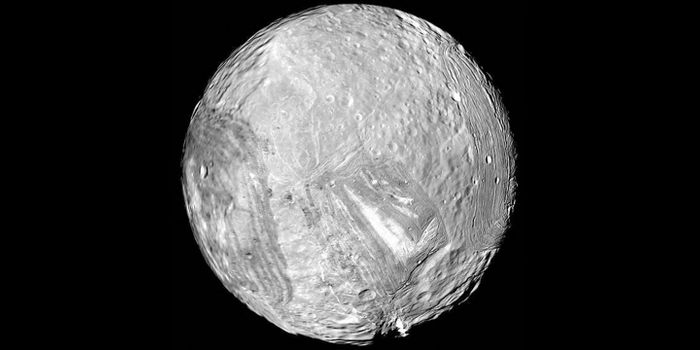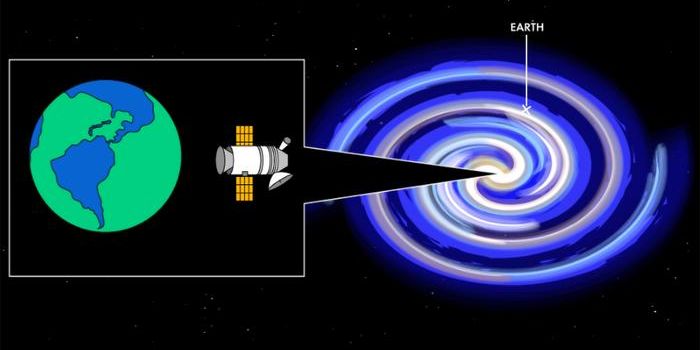Dwarf Galaxy's Black Hole Revealed Through Star's Demise
In a recent study published in Nature Astronomy, an international team of researchers led by the University of Copenhagen in Denmark have observed a previously-undetected black hole in a dwarf galaxy by viewing the radiation flare caused by the black hole consuming a star that strayed too close to the black hole. The resulting brightness of the “tidal disruption event”, or TDE, was briefly greater than the dwarf galaxy itself. This study holds the potential to help scientists better understand the relationships between galaxies and black holes, the latter of which is known as the most destructive force in the universe.
"This discovery has created widespread excitement because we can use tidal disruption events not only to find more intermediate-mass black holes in quiet dwarf galaxies, but also to measure their masses," said Dr. Ryan Foley, who is an assistant professor of astronomy and astrophysics at UC Santa Cruz, and a co-author on the study.
The black hole in question is considered “mid-sized” compared to the supermassive black holes that exist at the center of our Milky Way and other galaxies. Despite the smaller size of this study’s black hole, Dr. Charlotte Angus, who is an astronomer at the Niels Bohr Institute at the University of Copenhagen and lead author of the study, said the study’s findings could bestow a baseline for midsized black holes in the future.
"The fact that we were able to capture this midsize black hole whilst it devoured a star offered us a remarkable opportunity to detect what otherwise would have been hidden from us," said Dr. Angus. "What is more, we can use the properties of the flare itself to better understand this elusive group of middle-weight black holes, which could account for the majority of black holes in the centers of galaxies."
Sources: Nature Astronomy
As always, keep doing science & keep looking up!









